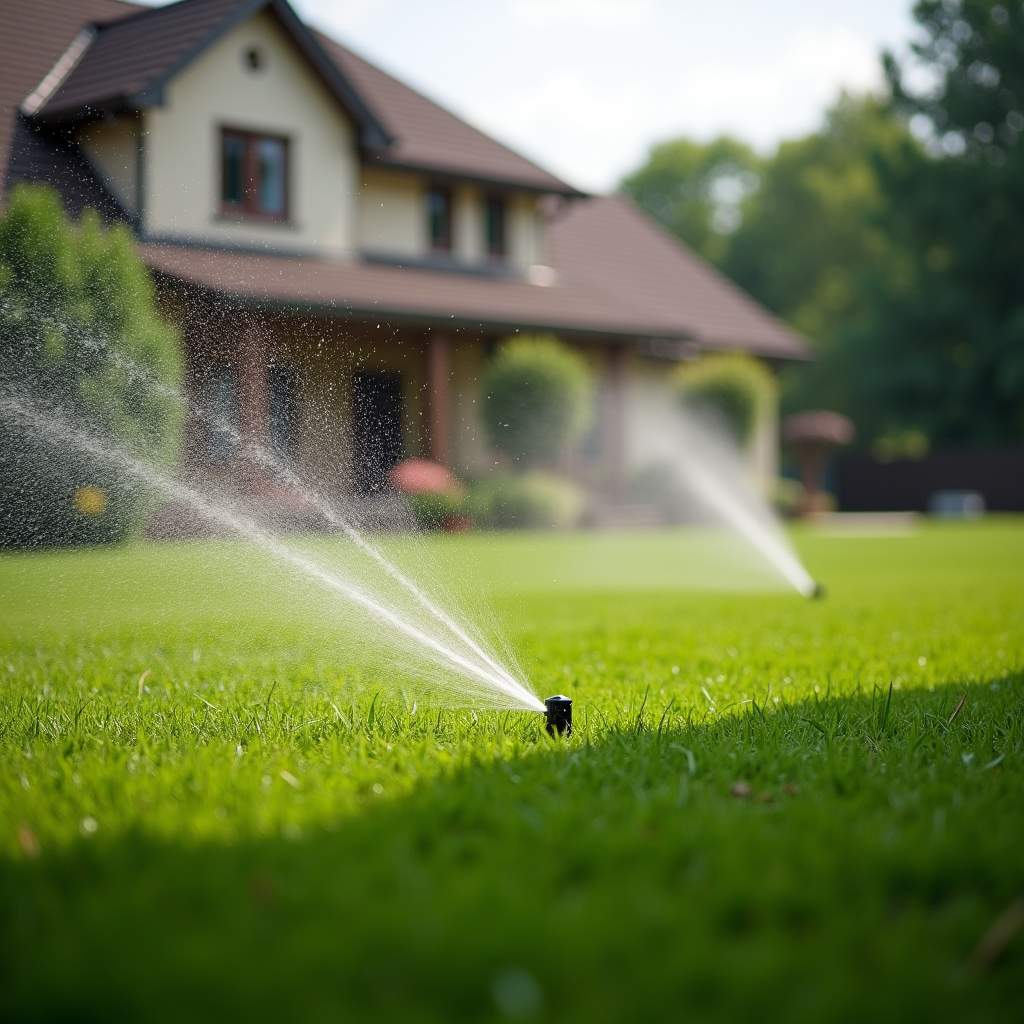Introduction
Taking care of your lawn can feel overwhelming, especially if you’re new to the world of gardening and landscaping. The good news is that with a little guidance, you can transform your lawn into a lush, green oasis. This article will provide you with easy-to-follow steps, expert advice, and practical tips to make DIY lawn care approachable and enjoyable. Whether you're looking to create a beautiful front yard or a backyard paradise, this guide has everything you need to get started.
DIY Lawn Care: Simple Steps for Beginners
Lawn care doesn't have to be complicated. In fact, many homeowners find that taking a hands-on approach yields the best results. The key is understanding the basics and committing to regular maintenance. In this section, we’ll cover the foundations of https://male-trees.uncrn.co/blog/creating-shade-gardens-landscape-ideas-for-hot-nc-summers/ DIY lawn care so that you can get started on the right foot.
Understanding Your Lawn Type
Before diving into lawn care, it's essential to identify what type of grass you have. Different grass types have unique needs in terms of watering, mowing, and fertilization.
- Cool-Season Grasses: These thrive in northern climates and grow best during cooler temperatures. Warm-Season Grasses: Ideal for southern regions, these grasses flourish when it's hot outside.
Why Knowing Your Grass Matters?
Knowing your grass type helps you tailor your lawn care efforts effectively. For instance, cool-season grasses may require more water in summer months than warm-season varieties.
Assessing Soil Health
A healthy lawn starts from the ground up. Understanding your soil's pH level and nutrient content is crucial for successful growth.
How Can You Test Soil?
You can purchase soil test kits from garden centers or send samples to local extension services for analysis.
Key Indicators:
- pH Level Nutrient Deficiencies Organic Matter Content
Creating a Lawn Care Calendar
Planning is half the battle won! A calendar helps you keep track of essential tasks like mowing, fertilizing, and watering.
What Should Be Included in Your Calendar?
Mowing Schedule Fertilization Dates Aeration Times Pest Control MeasuresChoosing the Right Tools for Lawn Care
Investing in quality tools makes DIY lawn care much easier and more efficient.

Must-Have Lawn Care Tools:
- Lawnmower Edger Rake Spreader Hose or Sprinkler System
Mowing Techniques for Healthy Growth
Mowing is not just about cutting grass; it's an art form that requires attention to detail.
Optimal Mowing Height:
Different grasses have recommended heights:
- Cool-season: 2.5 - 4 inches Warm-season: 1 - 3 inches
Pro Tip: Keep mower blades sharp to minimize stress on grass blades!
The Importance of Watering Your Lawn
Watering correctly can mean the difference between a thriving lawn and a patchy one.
When Is the Best Time to Water?
Early morning (6 AM - 10 AM) is ideal as it reduces evaporation rates.
Fertilizing Your Lawn for Optimal Growth
Fertilization provides essential nutrients that promote healthy growth.
Types of Fertilizers:
Granular Fertilizer Liquid Fertilizer Organic OptionsTip: Always follow package instructions for application rates!
Pest Management Strategies for Your Lawn
Keeping pests at bay prevents damage before it starts.
Common Pests to Watch For:
- Grubs Chinch Bugs Armyworms
Integrated Pest Management (IPM) strategies are effective!
Weed Control Basics
Weeds compete with your grass for nutrients and water; managing them is key!
Preventative Measures:
Apply Pre-Emergent Herbicides Regularly Mow Mulch Flower BedsAerating Your Lawn: Why It’s Essential?
Aeration involves perforating soil with holes to allow air, water, and nutrients to penetrate deep into roots.
When Should You Aerate?
Typically done in spring or fall depending on grass type!
Overseeding for Thickness
Overseeding involves spreading new grass seed over existing turf without tearing up the old sod.
Benefits of Overseeding:
Increased Density Improved Disease Resistance Enhanced ColorSeasonal Maintenance Tips
Each season brings its own set of challenges; here’s how to tackle them effectively:
Spring Care:
- Early fertilization.
Summer Care:
- Ensure proper watering schedules.
Fall Care:
- Reseed bare patches.
Winter Preparation:
- Clean up debris before snow falls!
Organic vs Chemical Solutions in Lawn Care
Many homeowners wrestle with whether to use chemical treatments or stick with organic solutions.
Pros & Cons Table:
| Treatment Type | Pros | Cons | |----------------|----------------------------|-----------------------------| | Organic | Eco-friendly, Safe | Slower results | | Chemical | Fast results | Potential environmental harm |
FAQ Section
Q1: How often should I mow my lawn?
A1: Typically once every week during peak growing seasons; adjust based on weather conditions!
Q2: What’s the best way to water my lawn?
A2: Deeply but infrequently; aim for about an inch per week!
Q3: When should I fertilize my lawn?
A3: Generally in spring and fall; check specific needs based on grass type!
Q4: How do I know if my soil needs aeration?
A4: Look out for compacted areas where water pools or poor drainage occurs!
Q5: What’s the most common mistake beginners make in lawn care?
A5: Overwatering is frequently cited among novice gardeners—less is often more!
Q6: Is it better to use organic fertilizers or chemical ones?
A6: It depends on your preferences—both can work well when applied correctly!
Conclusion
DIY lawn care doesn’t have to be daunting! With simple steps like understanding your soil health, choosing appropriate tools, following a calendar of tasks, and being mindful of watering techniques, anyone can develop a beautiful space right outside their door! Remember that patience pays off—lawn care requires ongoing commitment but rewards you with an outdoor haven you'll be proud of.
Whether you're just starting—or looking to refine your skills—these tips will empower you as you embark on this journey toward maintaining a lush green carpet that enhances your home’s curb appeal! Happy gardening!